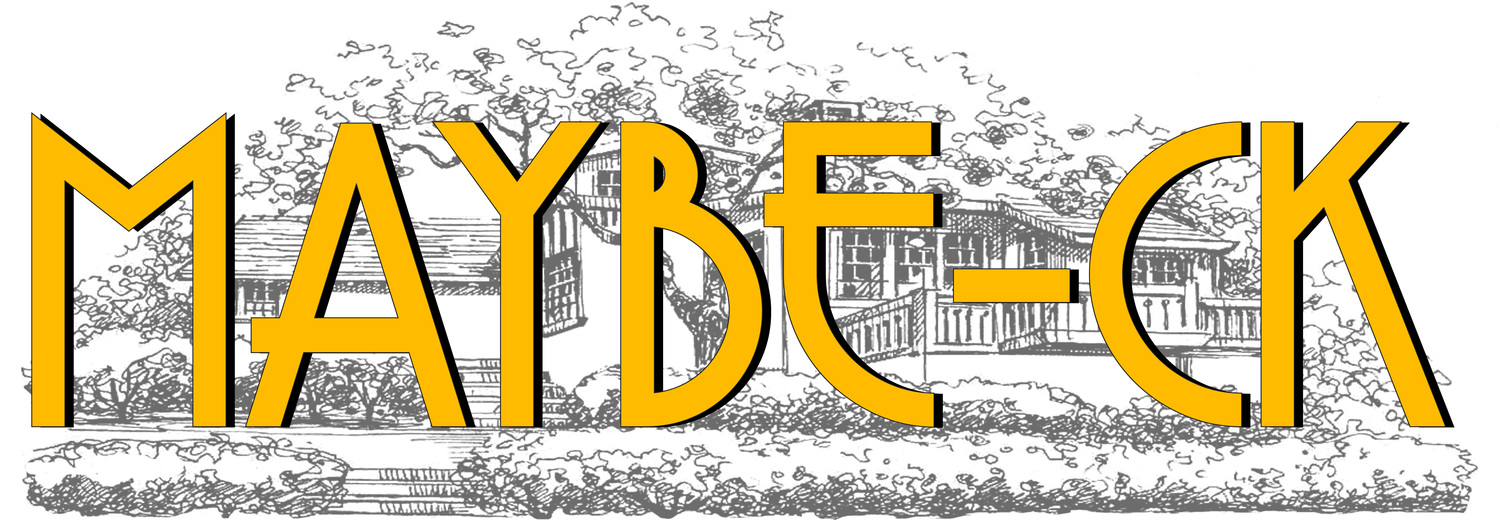The bathroom is dark. It has one wall light with a pull chain and a "beauty bar" medicine cabinet light activated by (an oddly high) switch next to mirror. I want to add recessed LED cans, put in a three way switch setup so the lights can be turned on or off next to either door, and add the original wall light to this circuit to maintain the original vibe.
When you have a wall light with a switch on it, that means the switch is inside the light fixture and the wires in the box behind it are always hot.
This will be our main junction box. The power will come into the box, go out to the switches, come back into the boxed as a "switched hot" and then the switched hot will tie into the old light and the new overhead lights called cans. To show you what I mean, I've drawn you some pictures.

































